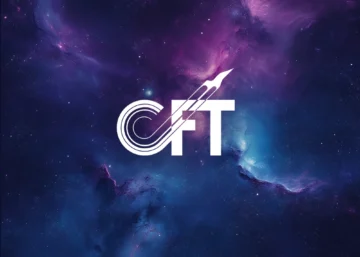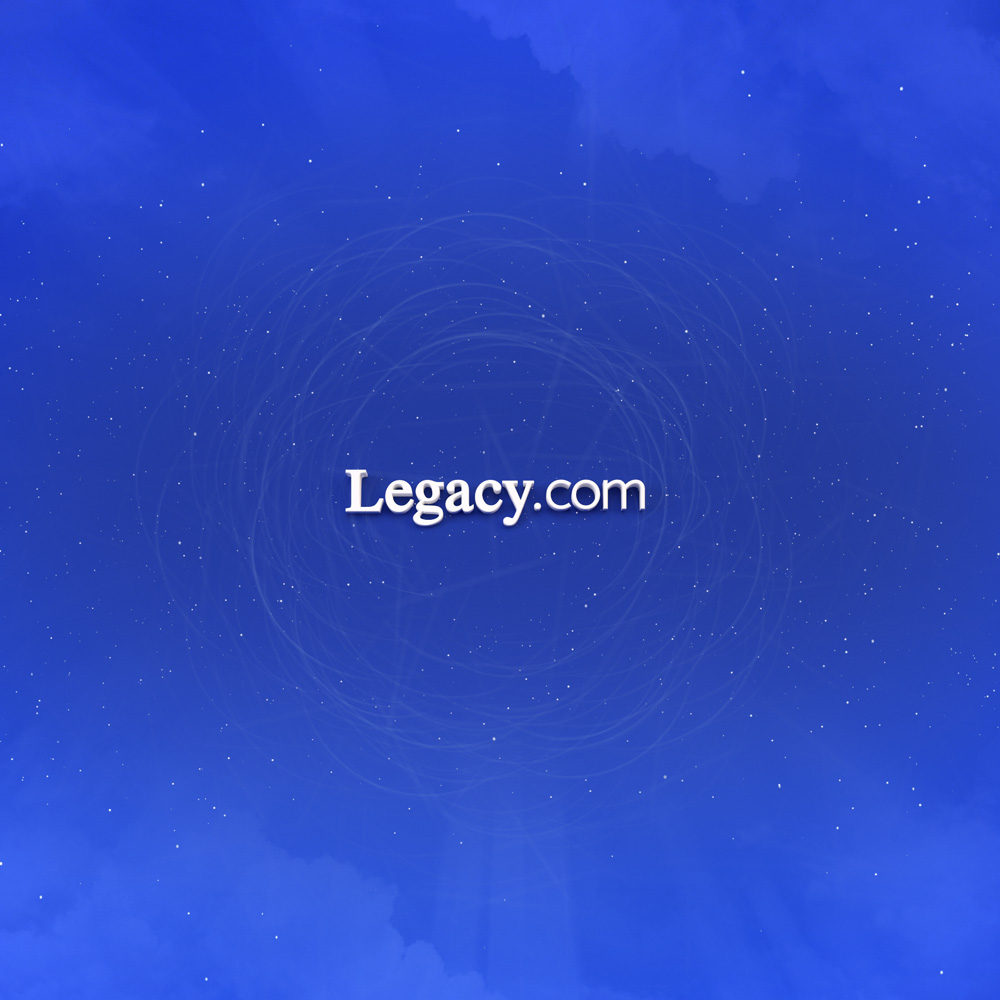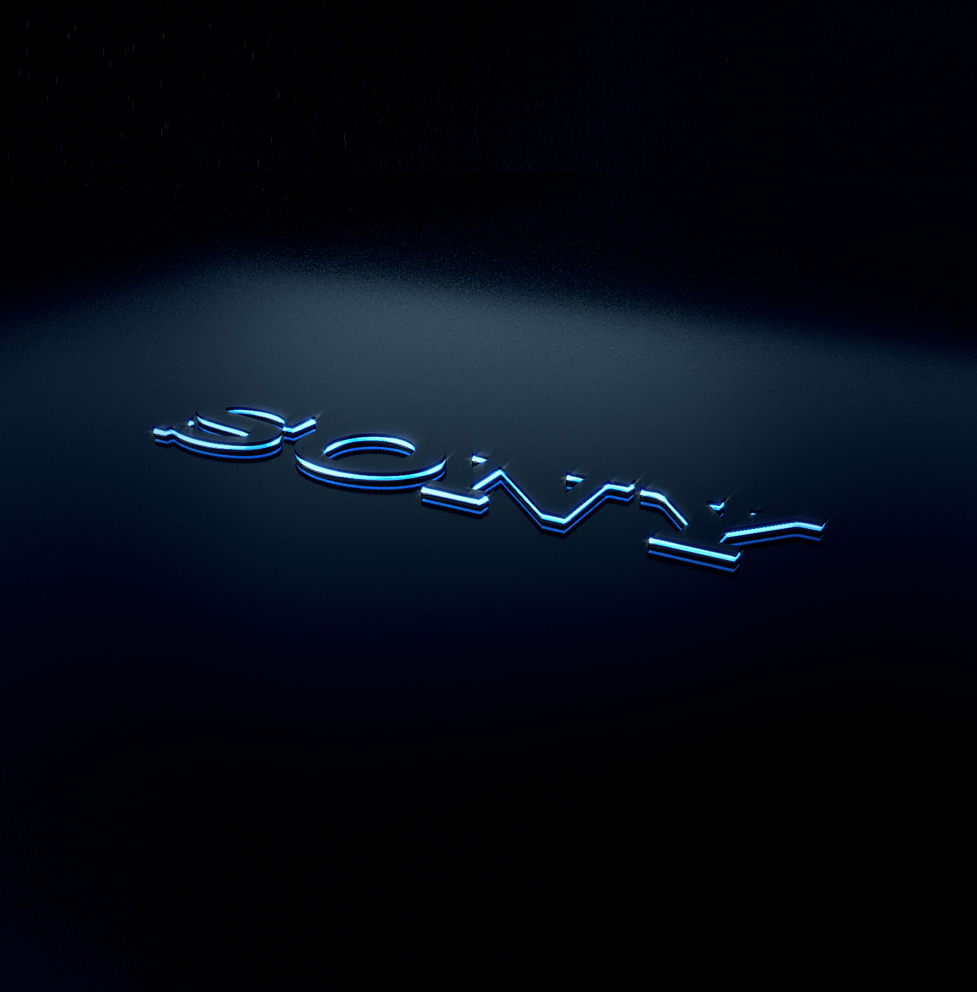Building User-Centered Innovation at Nexstar Digital: My Journey in Transforming Audience Intelligence and Design Research
J
oining Nexstar Digital was an exciting opportunity to apply my expertise in user intelligence and design research at a company with a massive footprint in digital news. Nexstar Digital, the digital business arm of Nexstar Media Group, Inc., operates 125 websites and 239 mobile apps, delivering trusted content across the U.S. with a reach of over 133 million unique monthly visitors. With a portfolio that includes local news stations, NewsNation, TheHill.com, and BestReviews.com, Nexstar Media Group’s digital assets rank among the top 10 U.S. digital news and information properties.
When I was recruited as the Head of User Intelligence, my mandate was clear: to establish and lead a centralized service that could serve the extensive needs of Nexstar Digital’s vast and diverse audience. My goal was to create a robust, data-driven culture that placed the voice of the customer at the forefront of all product decisions, fostering innovation and ensuring that Nexstar’s digital offerings resonated with users across the nation.
Establishing a Centralized User Intelligence Service
One of the first challenges I faced was the sheer scale of Nexstar’s operations. With over 125 local and national news websites and 239 native apps, each serving distinct communities with unique needs, the task of standardizing user research and testing was monumental. However, this diversity also presented a tremendous opportunity to develop a centralized user intelligence service that could provide valuable insights across all these platforms.
I began by incubating a centralized service dedicated to understanding the voice of the customer through rigorous design research and user testing. This service was designed to support not only the digital platforms but also the corresponding broadcast newsrooms and on-air talent. My approach was to create a system that could gather user insights at scale, while still being flexible enough to adapt to the specific needs of each platform and market.
Developing Testing Protocols and Methodologies
To achieve this, I established comprehensive testing protocols, methods, tools, and techniques that were standardized across the company. These protocols were integrated into the engineering and product workflows, ensuring that user insights were incorporated at every stage of the product development process. By embedding user testing into the DNA of the organization, we were able to create products that truly resonated with our audience, leading to increased engagement and satisfaction.
One of the key elements of this system was the development of automated user intelligence gathering techniques. These systems allowed us to collect data on user behavior across all our digital platforms, providing real-time insights into how users were interacting with our content. This data was then used to inform product decisions, ensuring that we were always in tune with the needs and preferences of our audience.
Executing Comprehensive Insights Programs
A significant part of my role involved executing comprehensive insights programs that delved into audience preferences and nuances. This was particularly important during the launch of the NewsNation mobile app, website, and broadcast on-air programs. By understanding the specific needs of NewsNation’s audience, we were able to tailor the product experience to meet their expectations, resulting in a successful launch and sustained user engagement.
In addition to NewsNation, I also developed audience retention techniques focused on advertising cohorts related to local news experiences. These techniques were instrumental in helping our product and advertising teams to tailor ad packages and target sponsor relationships more effectively. By understanding the unique characteristics of our audiences in different geographies, we were able to deliver more relevant and engaging content, leading to higher retention rates and increased revenue.
Persona Development and Audience Profiling
One of the most impactful initiatives I led at Nexstar Digital was the development of localized audience personas. These personas were based on a deep understanding of our audiences across different regions, taking into account factors such as daily habits, content consumption preferences, buying patterns, and other advertising targeting metrics. By painting a detailed picture of our audience, we were able to provide our product and advertising teams with the insights they needed to create more personalized and effective marketing strategies.
These personas were not static; they were continuously refined and updated based on new data and insights. This dynamic approach allowed us to stay ahead of trends and anticipate changes in audience behavior, ensuring that our products remained relevant and engaging.

Infusing Data Insights into Design Processes
A
core principle of my approach at Nexstar Digital was the integration of data insights into the design process. I believed that design should not be based solely on intuition or aesthetics, but rather on a deep understanding of user needs and behaviors. To this end, I developed a range of artifacts that helped our internal teams understand the voice of our audiences. These included dashboards that infused data analytics into the creative process, allowing designers and product managers to test ideas with actual users before committing to full-scale development.
This approach led to the creation of more user-centric products that were not only visually appealing but also highly functional and aligned with user needs. By validating design decisions with real user feedback, we were able to reduce the risk of costly mistakes and increase the likelihood of success.
Rapid Prototyping and User Testing
To further support our design processes, I introduced techniques for rapid prototyping that allowed us to simulate finished products for testing purposes. This was particularly valuable in the early stages of product development when ideas were still being formed. By testing prototypes in real-time, we were able to gather feedback quickly and iterate on our designs, leading to more refined and user-friendly products.
One of the key areas where this approach proved successful was in the development of new brands and services. For example, during the launch of NewsNation, we conducted extensive user testing to refine the product experience. This involved testing various aspects of the app and website, from navigation and layout to content presentation and video features. The insights we gathered allowed us to make informed decisions that enhanced the overall user experience.
Innovating with Automated Video Products
In addition to my work in user intelligence and design research, I also led the development of innovative new tools that leveraged our vast repository of user insights. One of the most exciting projects I worked on was the creation of an automated video product that transformed static editorial content into dynamic video stories. This product was particularly popular with mobile users, who appreciated the engaging and visually rich format.
The development of this tool was a collaborative effort that involved teams from across the company, including engineering, design, and content creation. By bringing together experts from different disciplines, we were able to create a product that was both technically sophisticated and highly user-centric. The automated video product not only enhanced the user experience but also provided new opportunities for monetization, contributing to the company’s bottom line.
Promoting Internal Collaboration and Innovation
Throughout my time at Nexstar Digital, I placed a strong emphasis on fostering a culture of collaboration and innovation. I believed that the best ideas came from working together and that by sharing knowledge and expertise, we could create products that truly stood out in the market. To this end, I developed a range of internal promotional tools and animations that highlighted the value of user insights and showcased new product features.
These tools were used to promote collaboration between different teams, including newsrooms, product development, and marketing. By creating a shared understanding of our goals and priorities, we were able to work more effectively towards our common objectives. The positive feedback we received from newsrooms across the nation was a testament to the success of this approach, as we were able to build strong working relationships that drove innovation and improved the quality of our products.
Supporting New Acquisitions and Brand Development
During my tenure at Nexstar Digital, the company underwent significant growth, acquiring new brands such as The Hill and BestReviews, as well as launching its own news service, NewsNation. These acquisitions presented new challenges and opportunities, as we needed to integrate these brands into our existing portfolio while maintaining their unique identities.
To support these efforts, I led design research initiatives that focused on understanding the specific needs and preferences of the audiences for these new brands. By conducting user testing and gathering insights, we were able to develop tailored strategies that ensured a smooth integration and enhanced the overall user experience.
In addition to supporting new acquisitions, I also played a key role in the rebranding of Nexstar itself. This involved creating a more modern look and feel for the company’s digital assets, as well as developing new product and service offerings that aligned with our business relationships and shareholder expectations. The success of these initiatives was reflected in the positive feedback we received from both internal and external stakeholders, as well as in the company’s continued growth and success.
Driving Business Growth Through User-Centric Innovation
U
ltimately, the work I did at Nexstar Digital was about more than just creating great products; it was about driving business growth through user-centric innovation. By placing the voice of the customer at the heart of our decision-making processes, we were able to create products that resonated with our audience, leading to increased engagement, higher retention rates, and new revenue opportunities.
One of the most significant outcomes of this approach was the increase in Nexstar’s digital audience, which grew to over 133 million unique monthly visitors during my tenure. This growth was driven by a combination of factors, including the successful launch of new products and brands, the continuous improvement of existing platforms, and the development of new advertising and sponsorship opportunities.
In addition to audience growth, the work we did also contributed to Nexstar’s overall business success. By creating products that were both user-friendly and aligned with the needs of our advertisers and partners, we were able to generate new revenue streams and increase the company’s profitability. This, in turn, helped to strengthen Nexstar’s position as a leader in the digital news space and ensured its continued success in an increasingly competitive market.
Reflecting on My Journey
Looking back on my time at Nexstar Digital, I am proud of the impact I was able to make in transforming the company’s approach to user intelligence and design research. By creating a centralized service that integrated user insights into every aspect of product development, we were able to create products that truly resonated with our audience and drove business growth.
The success of these initiatives was not just about the tools and processes we developed, but about the culture of innovation and collaboration we fostered within the company. By working together and sharing knowledge, we were able to push the boundaries of what was possible and create products that stood out in the market.
As I continue to look forward in my career, I am excited to build on these experiences and continue driving innovation through user-centric design and research. My time at Nexstar Digital has shown me the power of placing the voice of the customer at the heart of product development, and I look forward to applying these principles to new challenges and opportunities in the future.












